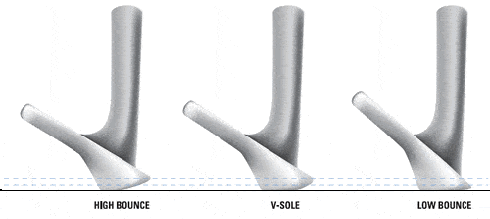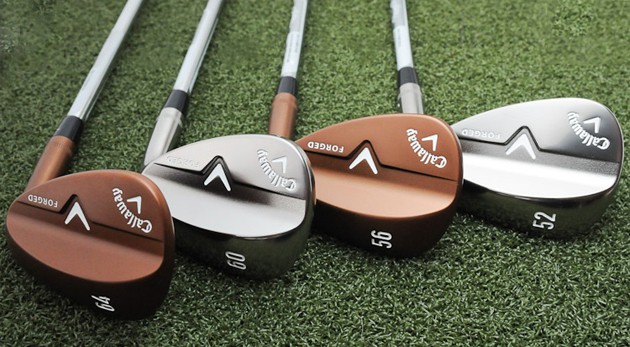Walking into any golf shop in town you’ll find iron sets that go from 3-pw or even more commonly now, 4-pw with a hybrid. But why only a pitching wedge? It’s no secret pitching wedges aren’t the pros clubs or choice around the greens, and especially not so from the sand. So why don’t more sets include them? The short answer, is so they can make more money, and while this post could rag on the OEM’s for this simple fact, we’d prefer to take the high road and simply explain why when it comes to wedges, the more the merrier (as long as the total numbers doesn’t exceed 14).
Okay, back to the lob wedge. I’m sure many of you reading this have two wedges in your bag. A pitching wedge and a sand wedge. You more often than not use the sand wedge for a variety of shots around the greens, and not just from the sand. That’s great! For the most part, if you have confidence in your game around the greens that will goes miles further than any additional club. But with that said I would like you to consider a few things before you move on.

Sand wedges, generally come with high bounce. To those of you who don’t know, this basically means that the leading edge of the sand wedge is raised above the trailing edge to help prevent the club from digging into the turf or sand when performing a shot. While this is all good and well in sand and the rough. When it comes to shots from the fairway, you are much more likely to hit shots thin.
Ever skulled a chip with your sand wedge? Or bladed a full swing shot from the fairway over the green? While I can’t honestly say its just the wedge’s fault, there is a strong possibility that if you have a wedge with lower bounce, this may not have happened. Better players tend to prefer lower bounce, as this helps eliminate this fault from their game.
A lob wedge generally has less bounce than a sand wedge, which means around the greens, it is the ideal club to use.
Next up in the benefits of the lob wedge is the loft. This club will hit the ball the highest, and impart the most amount of spin for going such a short distance. If you’re ever faced with a shot to a tight pin, or one where you need the ball to stop quickly, this is your club of choice. For most players out there who are not already using a lob wedge, you’re more often than not likely missing the greens in the exact place you don’t want to put the ball, leaving you little green to work with (also known as short-siding yourself). Golf designers strategic place bunkers and hills around greens to take advantage of this fact. A lob wedge is a great club to help you get out of these tight situations.
With all this said, the lob wedge is not the be all and end all of short game clubs. I for one prefer to use my low bounce sand wedge for a majority of my shots around the greens, but when I have a particularly tight shot, I change things up to my low bounce lob wedge.
Now, I know this club takes some getting used to, but with practice it will easily becomes your best friend around the greens, and surely save you strokes. When it comes to the number of clubs in your bag, if the lob wedge puts you over the 14 count, you likely have some unnecessary duplication. Likely a 3-iron and a 3-hybrid of similar loft, or a 5 wood (all of which are around 20 degrees). Ditch the club you’re least confident with and focus on getting know your lob wedge. You’ll be flopping shots like Phil in no time – we promise you won’t regret it.
